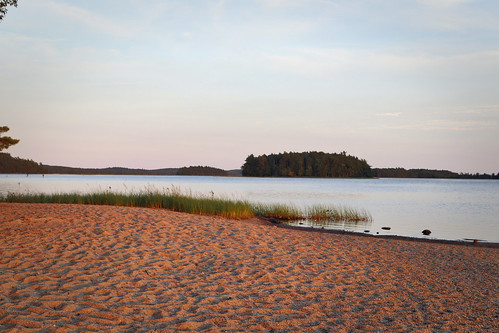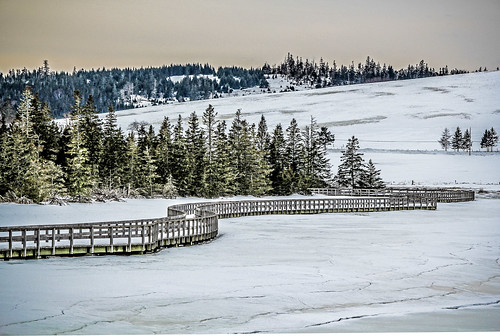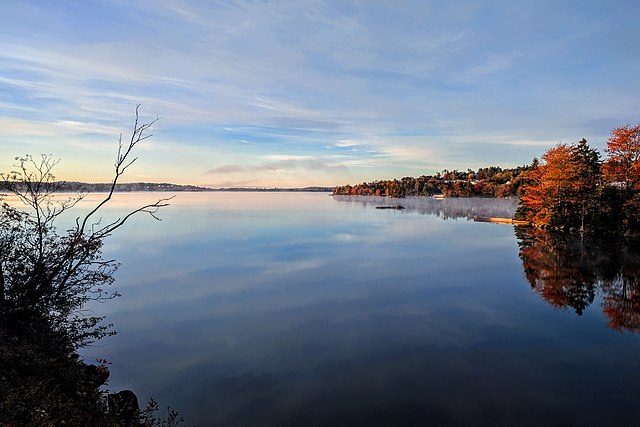GET SPOTS AT SOLD-OUT Nova Scotia PARKS
How to scan Nova Scotia parks for cancellations
Is the Nova Scotia park you want to camp at sold out? We can help! Campers often cancel their camping reservations. Campnab monitors Nova Scotia parks and can text you when a suitable campsite one opens up! 🙂
Nova Scotia camping resources
Links to help plan your Nova Scotia camping trip
Nova Scotia Parks: Provides comprehensive information on Nova Scotia's provincial parks, including details on camping facilities, activities, and park amenities. Users can explore various camping options, from tent sites to RV accommodations, and access resources for trip planning.
Parks Canada – Nova Scotia: Offers information on national parks within Nova Scotia, including camping options, park activities, and visitor guidelines. The site provides resources for planning visits to parks like Cape Breton Highlands National Park and Kejimkujik National Park.
Tourism Nova Scotia – Campgrounds: Features a directory of campgrounds across the province, including provincial and national parks, as well as private campgrounds. Users can find information on amenities, activities, and contact details for each campground.
Nova Scotia Parks Reservation Service: The official reservation portal for Nova Scotia's provincial parks, allowing users to book campsites and accommodations. The site offers real-time availability and detailed descriptions to assist in planning stays.
Cape Breton Highlands National Park – Camping: Provides detailed information on camping within Cape Breton Highlands National Park, including campground locations, amenities, and reservation procedures. Users can learn about various camping experiences, from front-country sites to backcountry adventures.
Kejimkujik National Park and National Historic Site – Camping: Offers comprehensive details on camping in Kejimkujik National Park, highlighting options like equipped camping, oTENTik accommodations, and traditional campsites. The site also provides information on park activities and natural features.
Nova Scotia Provincial Parks – Camping Parks: Provides information on camping across Nova Scotia's provincial parks, including site types, amenities, and reservation details. Users can explore unique camping experiences tailored to different interests and comfort levels.
Nova Scotia Parks – Park Fees: Details the fees associated with camping and other activities within Nova Scotia's provincial parks. Users can find pricing for different types of campsites and accommodations to assist in budgeting for their trips.
Nova Scotia Parks – Park Maps: Offers downloadable maps of the province's provincial parks, including campground layouts and trail maps. Users can utilize these resources for navigation and trip planning.
Nova Scotia Parks – Camping Policies: Provides guidelines and policies for camping within Nova Scotia's provincial parks, ensuring a safe and enjoyable experience for all visitors. Users can familiarize themselves with park rules, camping regulations, and safety information.
















